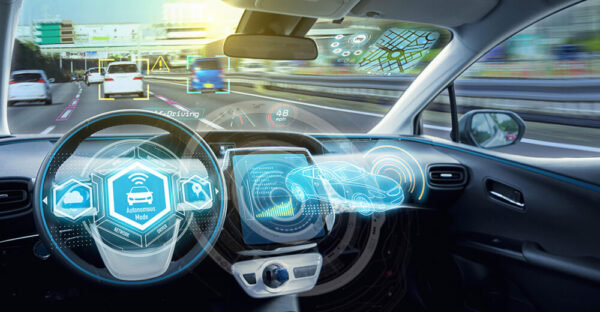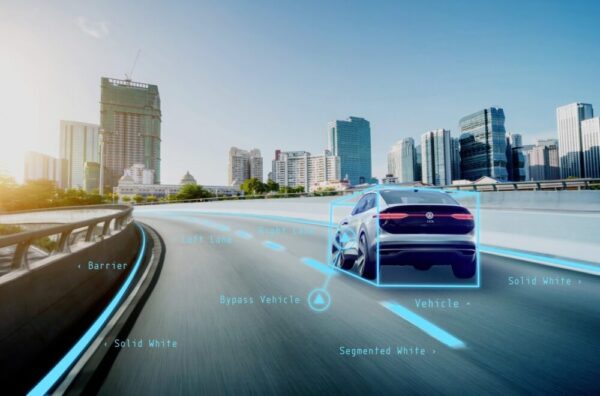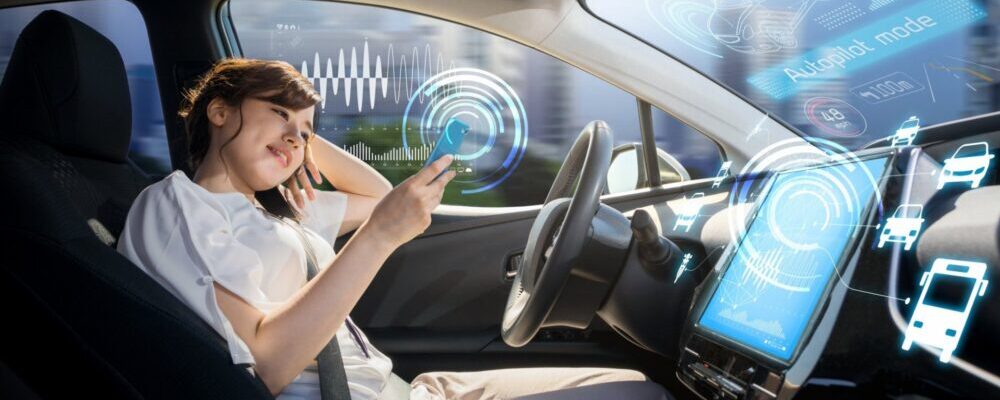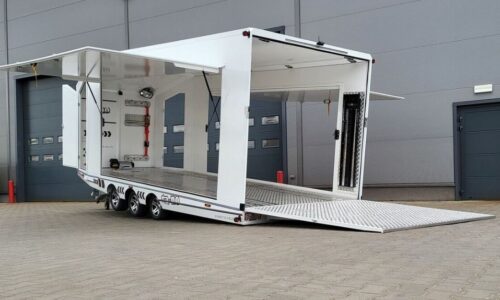Self-driving cars might sound like science fiction. But is it, though? We would be wrong to assume that it is science fiction and we would also be wrong to assume that it is completely a reality. A few years ago, there were high ambitions for the idea. It was projected that completely autonomous driving will soon become a reality. Fast forward to 2024, and the concept is still in its infancy. It would require a few decades before the idea is completely translated into reality and science fiction becomes our daily life. However, engineers and researchers have made some sizable progress in rolling out the technology. We would be remiss if we didn’t mention the progress made and how long of a stride we have taken since just a few years ago. There are cars out there that can drive themselves. As we rely more and more on automation, more cars are starting to hit the road with bleeding-edge tech. You can read more about such cars on CarHP.
Automated driving systems or ADS, for short, have been developed a lot in the last few years. At the forefront of it are companies like Waymo, General Motors, Aurora, Ford, and also Tesla. Leading the way in creating an autonomous driving system without human intervention has proven to be rather impractical, limited by current technology. However, there are promising results and cars can autonomously drive themselves. It just violates the current legal norms. We still require a human to be present at all times inside the car and should something go awry, human intervention is a necessity. As much as AI and machine learning has developed during the last two decades or so, it still isn’t fit enough to take over a human.

As with everything else in life, developing this technology has proven to be quite complicated. The way autonomous driving works involves a lot of distinct departments working in tandem and engineers and scientists sharing their ideas. ADS requires a huge array of sensors, cameras, detectors, and a lot of software algorithms. Put together, the car can essentially “see” or “sense” its environment, just like we do with our eyes. But just being able to “see” the environment is no good if the car isn’t aware of how to react and what to do with that information. It needs to learn to avoid obstacles, needs to drive through various weather conditions, needs to learn to read traffic signs and symbols, and also needs to behave accordingly on the highway. A combination of cameras, LIDARs, sensors, radars feed information to the software and the algorithm drives the car. A lot of research and time is spent on this technology, and of course, money too. However, it might just be worth it in the future.
Certain ADS has a map of the surrounding areas and the highways that it is intended to travel on. Being already provided with a map makes driving the car down those roads a lot easier. However, this means that the car can only be driven in certain areas where the territory is chartered. It wouldn’t perform so well on uncharted territory. Regardless, it is a learning process and it is like a test that needs to be perfected before the car entirely relies only on its sensors.
There also needs to be some workarounds when certain unforeseen situations arise. If the weather is foggy and the cameras are all covered, and if the radars and sensors can’t detect obstacles, what then? What if it is raining heavily, leading to a loss of traction on the road? What if there is some sort of electrical interference, obstructing the use of the electronics? As of now, self-driving cars can only run in the best-case scenario, without human intervention. If we desire the optimal outcome, a human being needs to stay behind the wheel all the time. Is that practical? Well, it wouldn’t exactly be a “self-driving” car then, would it?

Of course, companies are pouring a lot of money into the research and development of this technology, which is still very raw. If you look at companies like Waymo, they have already created a fleet of self-driving taxis that can relocate people from one place to another, without the need of any driver. But that isn’t going to become the norm just yet. A vehicle spends 95% of its lifetime in the parking lot, so if Waymo could utilize those self-driving taxis as workhorses, then they would reduce the number of vehicles on the street and it would have a positive impact on the planet.
As cool and hyped up a self-driving car sounds, perhaps there are different avenues to explore when it comes to automation. If we automate commercial vehicles and use them as automatic machines of delivery, wouldn’t that make more sense right now? Some companies have explored this idea and they want to expand on it. A commercial truck on the highway has much less requirement of human intervention since it would only be driving itself on the highway straight ahead. Also, we could use self-driving vehicles as delivery cars. Perhaps, they could deliver our orders directly to our homes without the need for human intervention. This not only sounds safer than implementing in personal cars but also feels a great initial step in further improvement and testing of this rather nascent technology.

Perhaps, when these vehicles first roll out, they could be handled remotely by another driver. Remotely controlling the car would not only make it a lot safer for the car (without a physical human intervention), but it would also save the job of the driver, which would ultimately be compromised by AI. Companies like Tesla and Lucid are still adamant about implementing their version of autopilot in private cars. While that is not a bad idea, but Tesla has recently been under scrutiny. It is quite safe to say that a fully autonomous driving system is not ready yet.
What the future holds is quite intriguing, but also terrifying at the same time. We are increasingly being dependent on machines and there will come a time when we couldn’t even live without using one in our day-to-day lives. But it is also exciting to be a part of and witness this revolution in tech. All inventions begin out as science fiction. The term “self-driving cars” is still not appropriate, rather, it is a “driver assistance system”, as of now. This ripe technology still needs time to mature and how it will be implemented will determine its future. Worth the hype? We think so.
Read Also:
6 Pros and Cons of Buying Used Car Parts from a Junkyard




